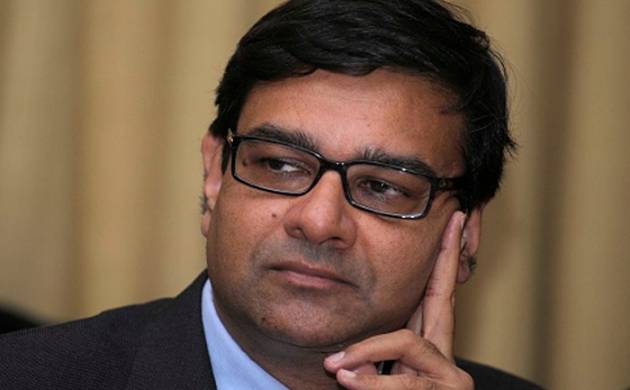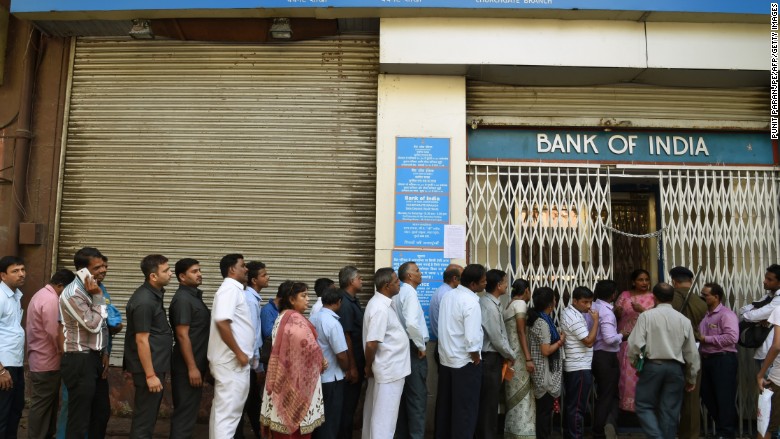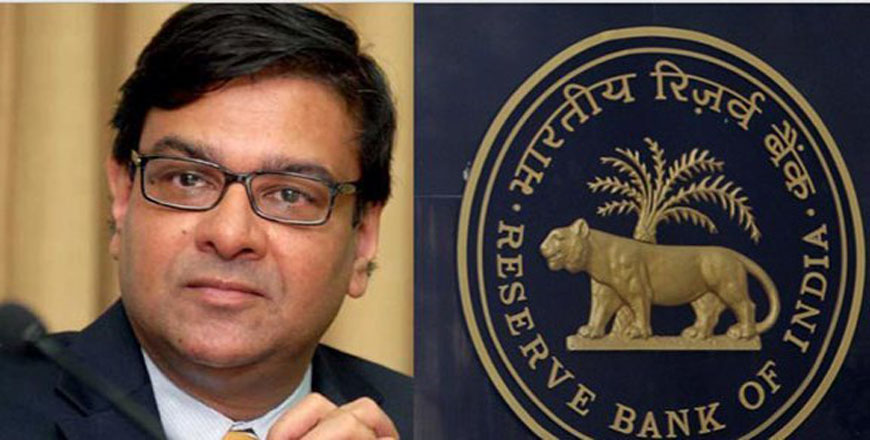As India undergoes the world’s biggest currency overhaul in decades, one official is noticeably absent: central bank Governor Urjit Patel. Where is Patel what is he doing. There are reports that he is related to Ambanis and some of them say that he could have leaked the not ban strategy to Ambanis already.
The head of the monetary authority has spoken just once since the government invalidated 86 percent of currency in circulation in a surprise move on Nov. 8. Mounting cash shortages pushed the Supreme Court to warn of riots, and a powerful bank union called for Patel’s resignation after a senior bureaucrat was tasked with firefighting.

“Generally, measures of this sort are carefully planned well in advance, and the public is given plenty of time in advance to adjust,” Robert Hockett, who teaches monetary law at Cornell University and advises the New York Federal Reserve, said by e-mail. “It is generally to be expected, and is typically the case, that the actual issuer of the currency, the central bank, plays the leading, if not the sole, role in these matters.”
While Patel’s low profile was initially seen as a foil for Prime Minister Narendra Modi’s high-visibility administration, it risks backfiring as public anger increases.
Credibility and autonomy of the Reserve Bank of India is linked to the value investors assign the rupee, which is sliding toward a record low.When high-value notes were last scrapped in 1978, then Governor I.G. Patel — no relation to the current chief — attacked the move. When Patel’s predecessor Raghuram Rajan was asked in 2014 for his views on demonetization, he said he’d rather have tax reform.

Patel was handpicked by Modi to lead the central bank, after ties with the government deteriorated under the outspoken Rajan. Even before Modi’s unexpected currency announcement, Patel was reluctant to step into the spotlight. As one of Rajan’s four deputies the past three years, Patel had spoken at just one public event, compared with about two dozen by his predecessor.
One also must allow for the heft of Modi’s personality. After winning a presidential style election with India’s biggest mandate in three decades, Modi is the dominant — some say sole — force within the ruling Bharatiya Janata Party.
Between Nov. 8 and Nov. 22, he’s spoken on national TV at least six times on the currency decision, swinging between teary-eyed appeals to the common man and angry attacks against the political opposition, which has been relentless in criticizing his move.














